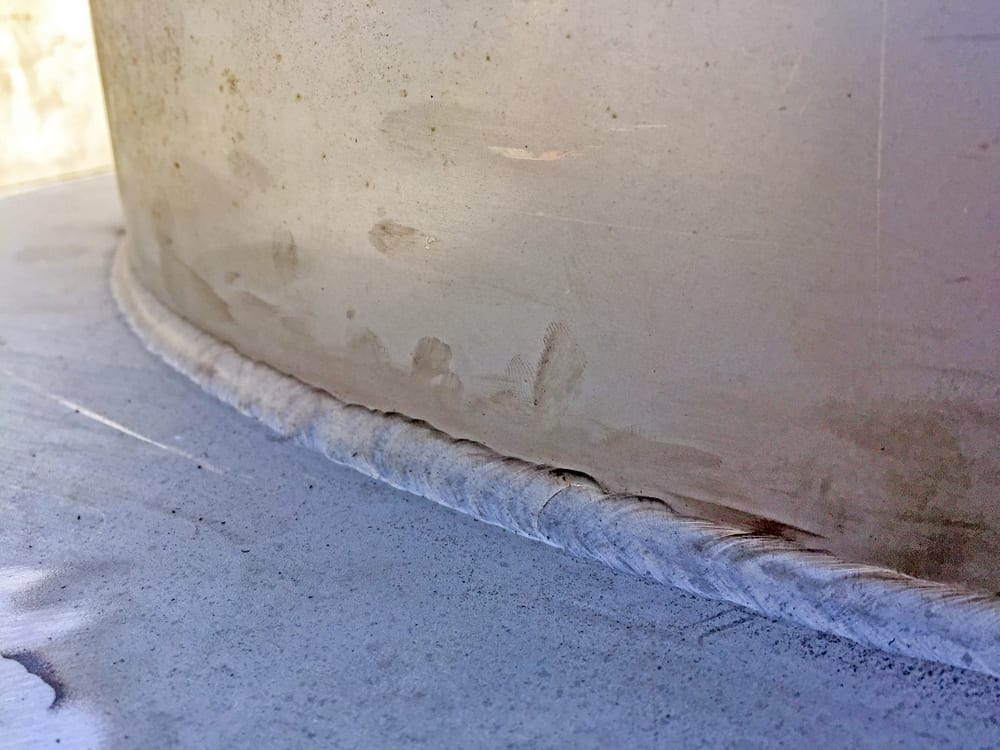Specialist Strategies for Preventing Weld Undercut Effectively
Specialist Strategies for Preventing Weld Undercut Effectively
Blog Article
Understanding the Art of Welding: How to Prevent Undercut Welding Issues for Flawless Fabrication Results
Effectiveness and accuracy are paramount in the globe of welding, where even the least flaw can compromise the architectural integrity of a fabricated piece. One usual difficulty that welders face is damaging, a defect that can damage a weld joint and lead to pricey rework. By recognizing the origin of undercut welding and carrying out effective methods to stop it, welders can raise their craft to new levels of quality (Preventing weld undercut). In the pursuit of perfect construction results, mastering the art of welding to avoid undercut concerns is not just a skill yet a need for those making every effort for perfection in their work.
Understanding Undercut Welding

To avoid undercut welding, welders ought to ensure correct welding parameters, such as readjusting the present, voltage, traveling rate, and keeping the proper electrode angle. By recognizing the causes of undercut welding and applying preventive measures, welders can attain top notch, structurally sound welds.
Reasons For Undercut in Welding
Comprehending the factors that add to undercut in welding is important for welders to produce high-quality, structurally sound welds. When the weld metal does not effectively load the groove developed between the base metal and the formerly transferred weld metal, undercutting happens. A number of elements can result in undercut in welding. One common reason is too much heat input. Welding at high temperature levels for prolonged periods can cause the base metal thawing more than desired, causing damage. Inadequate welding current or incorrect welding speed can also contribute to damage. Inadequate current might not give adequate warmth to thaw the base and filler metals appropriately, while extreme speed can prevent proper fusion, triggering undercut. Additionally, inappropriate electrode angles or incorrect lantern adjustment methods can develop areas of low weld metal deposition, promoting undercut. Understanding these reasons and executing proper welding strategies can assist protect against undercutting issues, making sure durable and strong welds.
Methods to avoid Undercutting

To reduce the risk of damaging in welding, welders can utilize calculated welding strategies targeted at improving the top quality and integrity of the weld joints. One efficient method is to adjust the welding criteria, such as voltage, present, find out here now and travel rate, to make certain proper warm input and deposition. Preserving an appropriate electrode angle and making certain constant travel rate can also aid avoid undercut. In addition, making use of the appropriate welding strategy for the details joint configuration, such as weave or stringer grains, can contribute to reducing undercutting. Preventing weld undercut.
Employing back-step welding strategies and controlling the weld bead account can likewise help disperse heat equally and reduce the threat of undercut. Regular inspection of the weld joint during and after welding, as well as executing quality assurance actions, can assist in dealing with and spotting undercutting issues without delay.
Significance of Correct Welding Criteria
Picking and maintaining suitable welding specifications is important for attaining effective welds with marginal defects. Welding specifications refer to variables such as voltage, current, take a trip rate, electrode angle, and shielding gas flow rate Recommended Reading that directly impact the welding process. These parameters have to be very carefully readjusted based on the sort of material being welded, its thickness, and the welding strategy used.
Correct welding criteria make certain the right amount of warmth is related to melt the base metals and filler material uniformly. If the parameters are set too expensive, it can cause extreme warmth input, causing burn-through, spatter, or distortion. On the other hand, if the parameters are too low, insufficient fusion, lack of infiltration, or damaging might happen.
Quality Control in Welding Operations

Conclusion
In conclusion, grasping the art of welding calls for a thorough understanding of undercut welding, its causes, and techniques to stop it. By ensuring proper welding specifications and carrying out quality control practices, flawless manufacture results can be attained. It is vital for welders to regularly pursue quality in their welding procedures to stay clear of undercut problems and create premium welds.
Undercut welding, a common defect in welding procedures, occurs when the weld metal does not properly fill the groove and leaves a groove or depression along the bonded joint.To prevent undercut welding, welders should make certain correct welding specifications, such as adjusting the existing, voltage, travel rate, and maintaining the proper electrode angle. Insufficient welding current or inaccurate welding rate can also add to damage.To mitigate the danger of undercutting in welding, welders can use critical welding methods aimed at enhancing the quality and integrity of the weld joints.In verdict, understanding the art of visite site welding calls for an extensive understanding of undercut welding, its reasons, and techniques to stop it.
Report this page